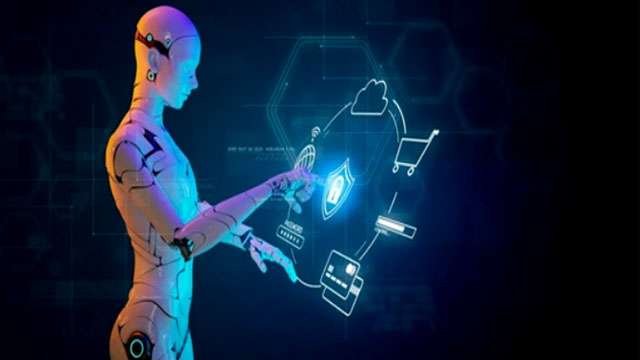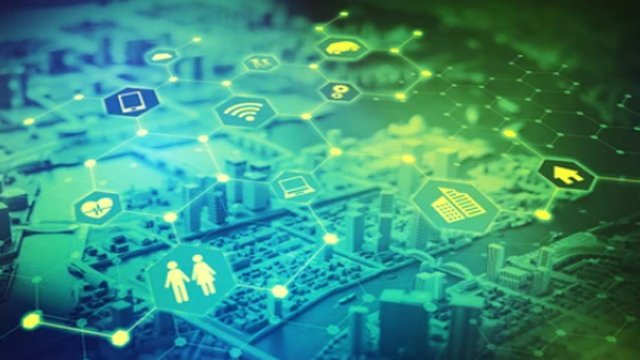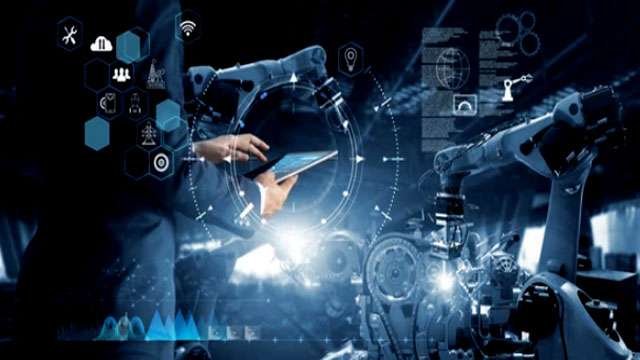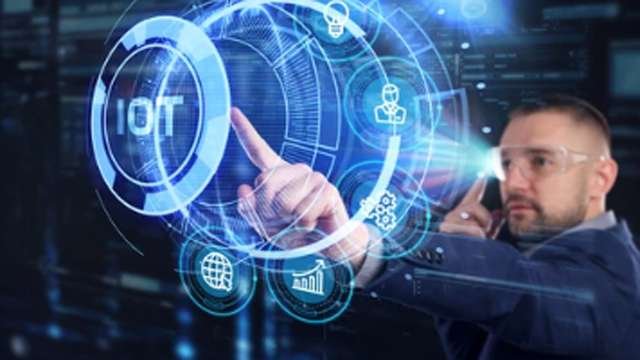Artificial Intelligence (AI) and the Internet of Things (IoT) are two powerful technologies that are revolutionizing various sectors, paving the way for a new era of innovations. When these two technological marvels are combined, they create a potent force known as the Artificial Intelligence of Things (AIoT). This powerful alliance offers an array of benefits, ranging from improved operational efficiency, creation of new products and services, enhanced risk management, to avoiding costly unplanned downtime. In this article, we delve deep into the interplay between AI and IoT, how they are shaping the future of technology, and the myriad applications they have across industries.
A Glance at AI and IoT
Artificial Intelligence (AI) revolves around the creation of intelligent systems that can emulate human tasks using their prior experience, without any manual intervention. On the other hand, the Internet of Things (IoT) is a network comprising various devices connected over the internet, capable of collecting and exchanging data with each other.
According to Business Insider, IoT devices are predicted to exceed 64 billion by 2025, a significant surge from about 9 billion in 2017. These devices generate a colossal amount of data that needs to be collected and mined for actionable results. This is where AI comes into the picture. IoT is used to collect and manage the massive amount of data required by AI algorithms. These algorithms, in turn, convert the data into useful actionable results that can be implemented by the IoT devices.

The Role of AI in the IoT Revolution
AI is increasingly playing a significant role in IoT applications and deployments. AI facilitates the automation of tasks that would typically require human intervention, thereby providing an edge for many organizations. By analyzing the vast amount of data generated by IoT devices, AI can extract valuable insights, enabling IoT devices to make informed decisions in real-time.
In the realm of IoT, AI brings the capability to automatically identify patterns and detect anomalies in the data generated by smart sensors and devices—information such as temperature, pressure, humidity, air quality, vibration, and sound. This ability to quickly find insights from data is the key value proposition of AI in IoT.
The Benefits of AI + IoT
The combination of AI and IoT offers numerous business benefits. For instance, it helps improve operational efficiency by making data-driven decisions and logic choices in real-time. Analysis of streaming sensor data for predictive maintenance can help avoid the expense and disruption of breakdowns and related unplanned production outages.
AI and IoT also help reduce enterprise risk. For instance, AI can be used in conjunction with IoT applications to help monitor and warn against known indicators of risk, such as physical and cyber theft of assets and intellectual property, financial loss, employee injury, product liability, and more.
Moreover, using AI to monitor, analyze, and process data streams from network-attached sensors and devices means that organizations can handle much larger IoT networks. Companies can use AI to add ‘smarts’ to new and existing products and services, thus providing powerful user interfaces and much more.
Applications of AI and IoT
The fusion of AI and IoT has found applications across various industries. Here are a few examples:
Manufacturing
AI and IoT are extensively used in both discrete and process manufacturing sectors. Whether it’s an assembly line robot or a process control machine mixing chemicals or making pharmaceuticals, manufacturers are using smart AI-driven devices and sensors to reduce costs and improve production efficiency.
Automotive
Although self-driving vehicles are a significant application of AI and IoT in the automotive industry, there are several other examples. For instance, modern cars are equipped with Lidar sensors, which enable smart applications such as lane departure warning and lane keep assist, adaptive cruise control (ACC), antilock braking (ABS), collision avoidance (CAS), and traction control.
Retail
AI and IoT can revolutionize retail by offering personalized shopping experiences. By analyzing consumer online profiles, in-store inventory, and other data points, retailers can send real-time personalized offers to customers while they are in the store.
Healthcare
Healthcare and wellness have also seen the introduction of AI and IoT applications. Fitness trackers, which come in many forms—rings, bracelets, watches, and pendants—have sensors that can track steps, compute the distance traveled and speed, and even create and track a tailored workout program.
The Future Ahead
We are living in an exciting time where AI and IoT are transforming industries and helping them make more intelligent decisions from the explosive growth of data every day. The declining hardware costs make it feasible to embed sensors and connectivity in just about any device imaginable. Taken together, AI and IoT are ushering in a new era where “smart” is just the normal state of being, and the robotic utopia of the future appears more and more attainable in the present.
AI and IoT are not just buzzwords anymore. They are essential components of the modern technological landscape that are drastically altering the way businesses operate and people live. The combination of AI and IoT, known as AIoT, presents a promising avenue for companies to unlock new value propositions, business models, revenue streams, and services. As AI continues to evolve and IoT devices become more prevalent, the integration of these two technologies will become increasingly critical in driving digital transformation.
If you
References:
- The Birth of the Internet of Things
- Understanding AI and IoT
- The Role of AI in IoT
- The Benefits of AI and IoT
- Applications of AI and IoT
- The Future of AI and IoT
- Conclusion
Peter Jonathan Wilcheck
Co-Editor – Contributing News Provider
Internet of Things and Artificial Intelligence
ViewTechNews
If you would like to obtain a FREE 30 minute consultation on how IoT and AI can benefit your company, contact Peter Jonathan Wilcheck at www.peterjonathanwilcheck.com.
Post Disclaimer
The information provided in our posts or blogs are for educational and informative purposes only. We do not guarantee the accuracy, completeness or suitability of the information. We do not provide financial or investment advice. Readers should always seek professional advice before making any financial or investment decisions based on the information provided in our content. We will not be held responsible for any losses, damages or consequences that may arise from relying on the information provided in our content.





